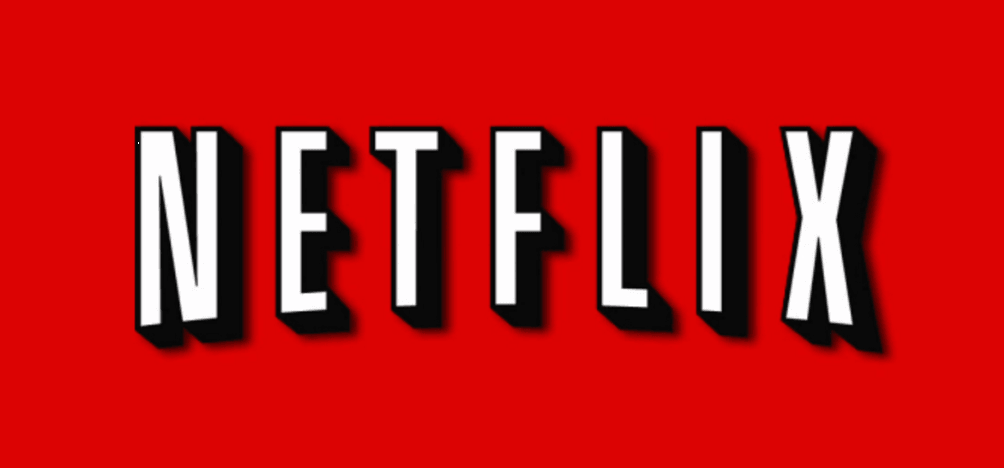With
the advent of better internet access in developing markets, more and more
people are turning to internet streaming as a source of their entertainment.
There is a plethora of free and paid-for streaming services available (YouTube,
Netflix, Roku etc) which offer a reasonable alternative to traditional
subscription video services ( Digital Satellite TV / Cable TV etc ). The
two challenges faced by the wanna-be streaming user are: internet speeds, and
data caps. This article will assume that you are on a service which has a
stable internet speed (512kbps and above), and will focus on answering the
question : "how much data does my streaming
consume?"
I
have scoured a few blogs and the FAQ's of YouTube, Netflix and Roku to attempt
to answer your burning question. Armed with this information, you will be
better able to evaluate your internet connection and compare it with your
traditional video subscription. Without further ado, here goes!

Below are the Internet download speed recommendations per stream
for playing TV shows and movies through Netflix.
- 0.5 Megabits per second -
Required broadband connection speed
- 1.5 Megabits per second -
Recommended broadband connection speed
- 3.0 Megabits per second -
Recommended for SD quality
- 5.0 Megabits per second -
Recommended for HD quality
- 25 Megabits per second -
Recommended for Ultra HD quality
Watching TV shows or movies on Netflix uses about 1 GB of data per hour for each
stream of standard definition (SD) video, and up to 3 GB per hour for each stream of high definition HD
video. Downloading and streaming consume a
similar amount of data.

How much data do you need to watch YouTube?
- A low quality video uses about
1,5MB per minute.
- A Full HD (1080p) YouTube video
uses about 12MB per minute.
- YouTube data usage varies
greatly depending on the quality of the stream.
|
YouTube Usage
|
240p
|
360p
|
480p
|
720p
|
1080p
|
|
Per min.
|
1.6MB
|
2.66MB
|
4MB
|
7.4MB
|
12.4MB
|
|
Per hour
|
100MB
|
160MB
|
240MB
|
450MB
|
750MB
|
So, with all this information at your fingertips, you can now do
the math and see if your regular TV subscription is better off being replaced
by a good internet connection with a decent data cap coupled with a subscription
to Netflix or any of the other free video streaming sites. Happy watching!
Extras:
If you are concerned with data caps or bandwidth limits, you
can adjust your data usage settings by following the steps below:
Adjust your data usage settings on Netflix
- Access the Your Account page from a web browser
and select Playback Settings.
- Select your desired data usage
setting (please note that each estimate below is per stream, and that
restricting data usage may affect video quality):
- Low (0.3 GB per hour)
- Medium (SD: 0.7 GB per hour)
- High (Best video quality, up
to 3 GB per hour for HD and 7 GB per hour for Ultra HD)
- Auto (Adjusts automatically to
deliver the highest possible quality, based on your current Internet
connection speed)
Source : https://help.netflix.com/en/node/306
Changing Video Quality on YouTube?
Change the video quality by going to Settings  in the corner of the video player,
and selecting your preferred quality.
in the corner of the video player,
and selecting your preferred quality.
On mobile devices, adjust quality settings by
tapping Menu  , then Settings
, then Settings  . This option isn’t available on
all devices (e.g. some TV/game consoles), or connections (e.g. iOS on a
cellular network).
. This option isn’t available on
all devices (e.g. some TV/game consoles), or connections (e.g. iOS on a
cellular network).
Note that choosing lower video quality (such
as 240p and 360p) will make videos start more quickly. The video player will
remember this for future playbacks.



